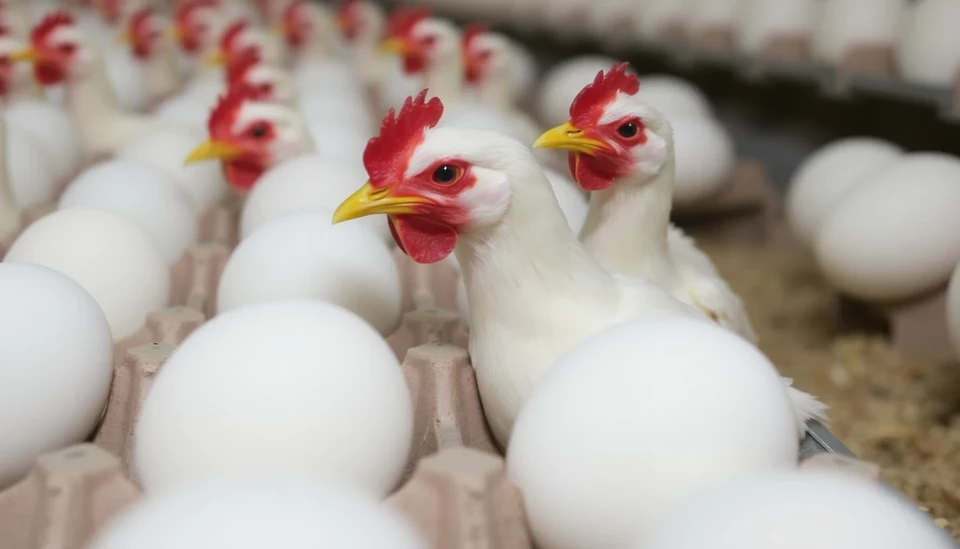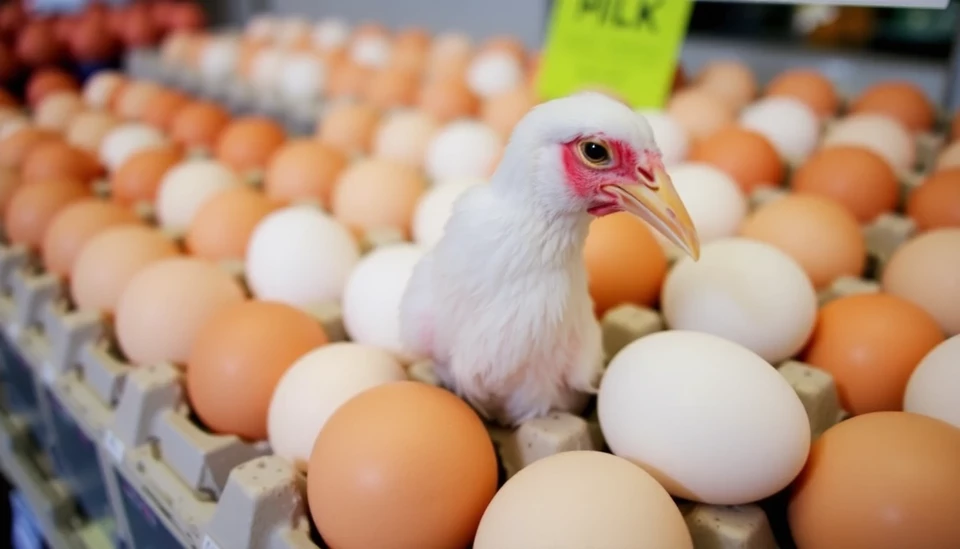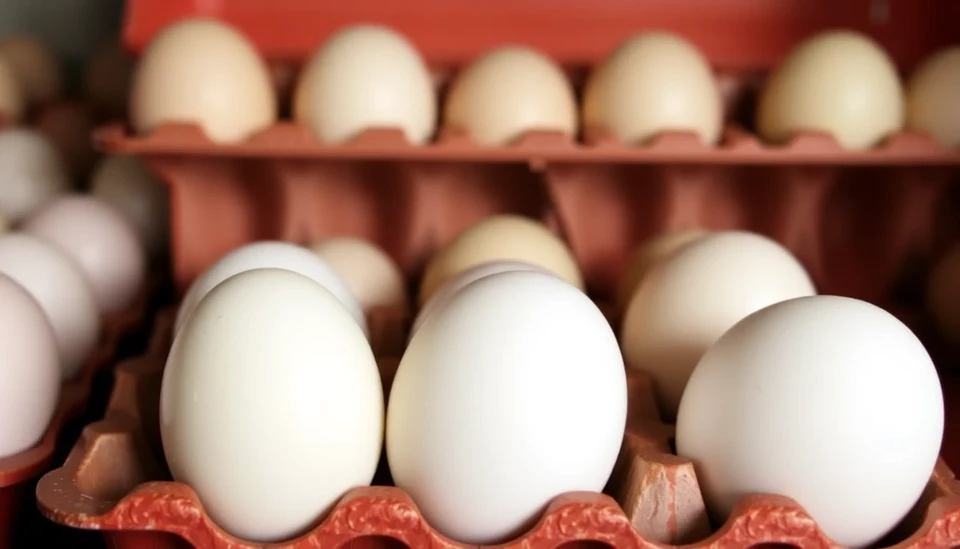
The ongoing battle against avian influenza in the United States has plunged the number of egg-laying hens to its lowest level in nearly a decade. This startling decline has sparked alarms in the poultry industry, primarily as it coincides with rising consumer demand and soaring egg prices across the nation.
According to the latest report from the United States Department of Agriculture (USDA), the egg-laying flock has contracted to an alarming 277 million hens, a significant drop from previous years. This reduction is largely attributed to the relentless spread of bird flu, which has triggered mass culling in an effort to control the outbreak. Instances of avian influenza have not only devastated flocks but also heavily impacted the supply chain, compounding an already challenging economic environment for many producers.
Market analysts are expressing concerns that the decreasing hen population may not rebound swiftly, especially given the unpredictability of future bird flu outbreaks. These anxieties are heightened by the sheer scale of losses already incurred, which have left many farm owners grappling with financial strain. In turn, consumers are feeling the pinch at grocery stores, where egg prices have skyrocketed, with prices more than doubling compared to just a year ago.
This situation is exacerbated by inflationary pressures and persistent supply chain disruptions that have affected numerous sectors. The poultry sector, however, is witnessing unprecedented challenges as it attempts to recover from the dual impact of avian flu and broader economic headwinds. Industry experts are advising consumers to brace for further price hikes and potential shortages in the months to come.
The USDA's egg production report serves as a wake-up call, indicating the urgent need for enhanced biosecurity measures and policies aimed at preventing future outbreaks. As the industry contemplates its next steps, the resilience and adaptability of U.S. poultry producers will be put to the test, amid shifting consumer behaviors and the ever-present threat of avian diseases.
As the situation evolves, stakeholders within the poultry industry, regulators, and consumers alike will be closely monitoring developments to gauge the long-term ramifications on egg supply and pricing. The coming months could prove crucial as producers work hard to stabilize their operations and reinstate confidence in egg production.
The complexities of this crisis highlight the intricate balance between animal health, economic viability, and food security—a balance that has been upended by the current environment plagued by disease and uncertainty.
#BirdFlu #EggPrices #PoultryIndustry #EggProduction #USDA #Agriculture #FoodSecurity
Author: Daniel Foster




